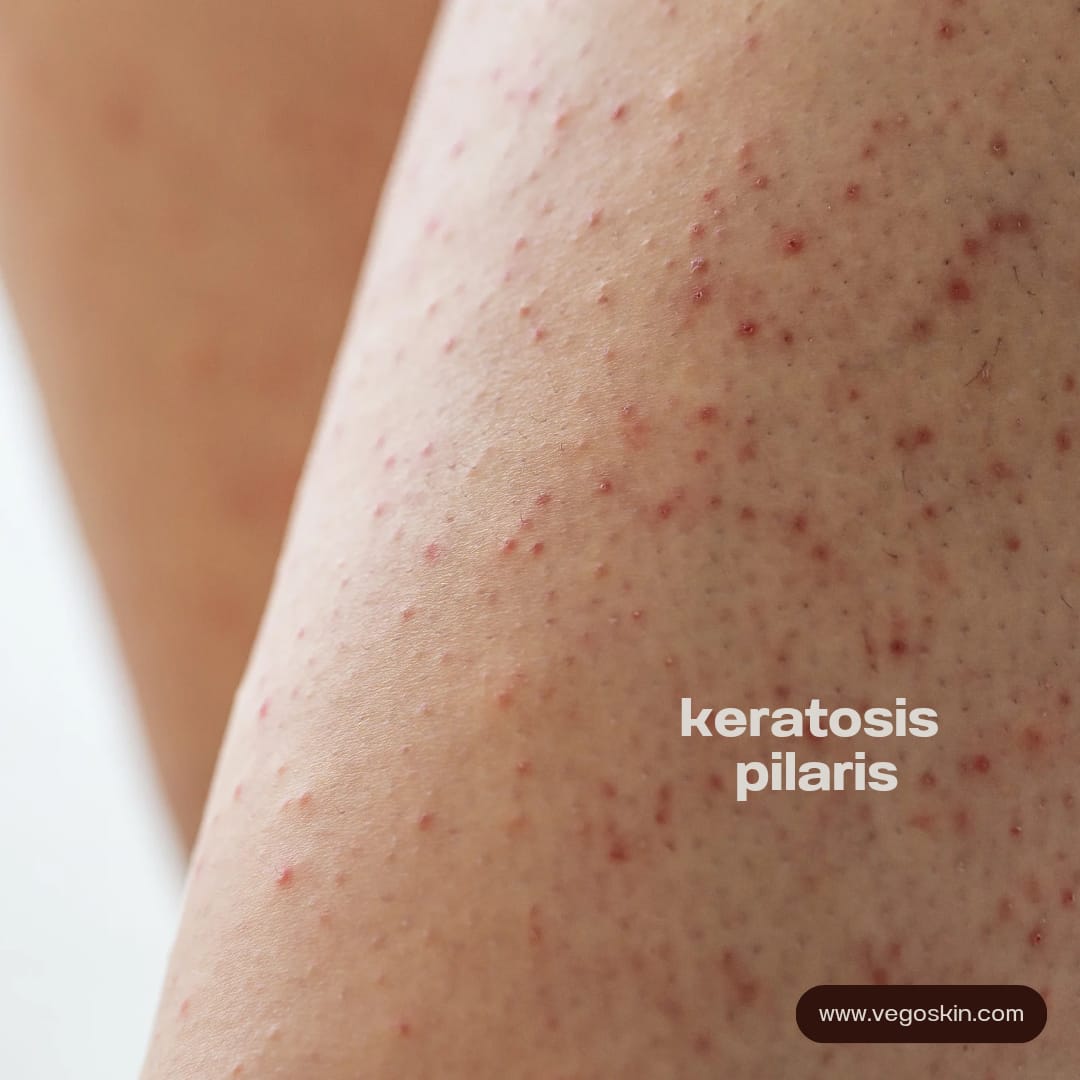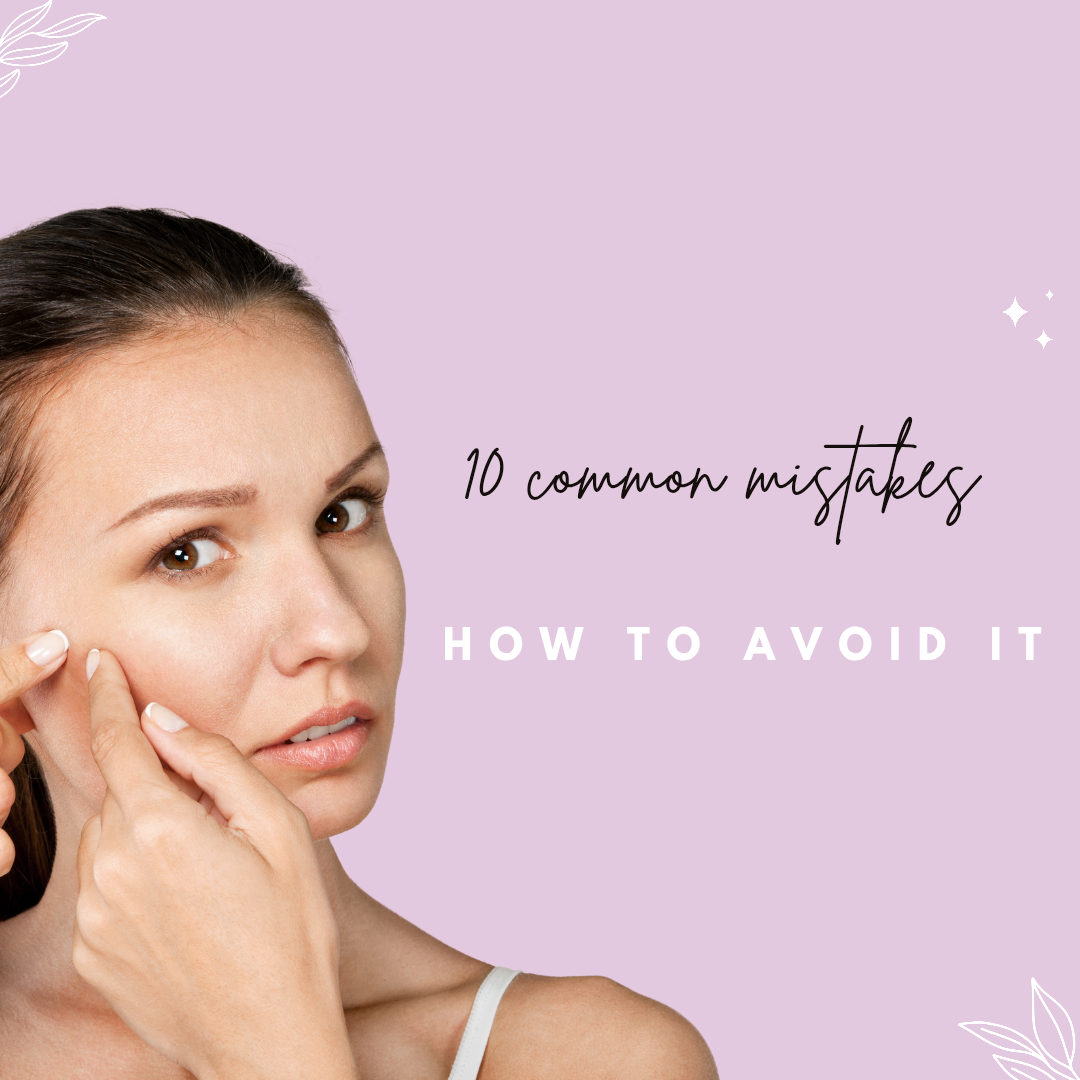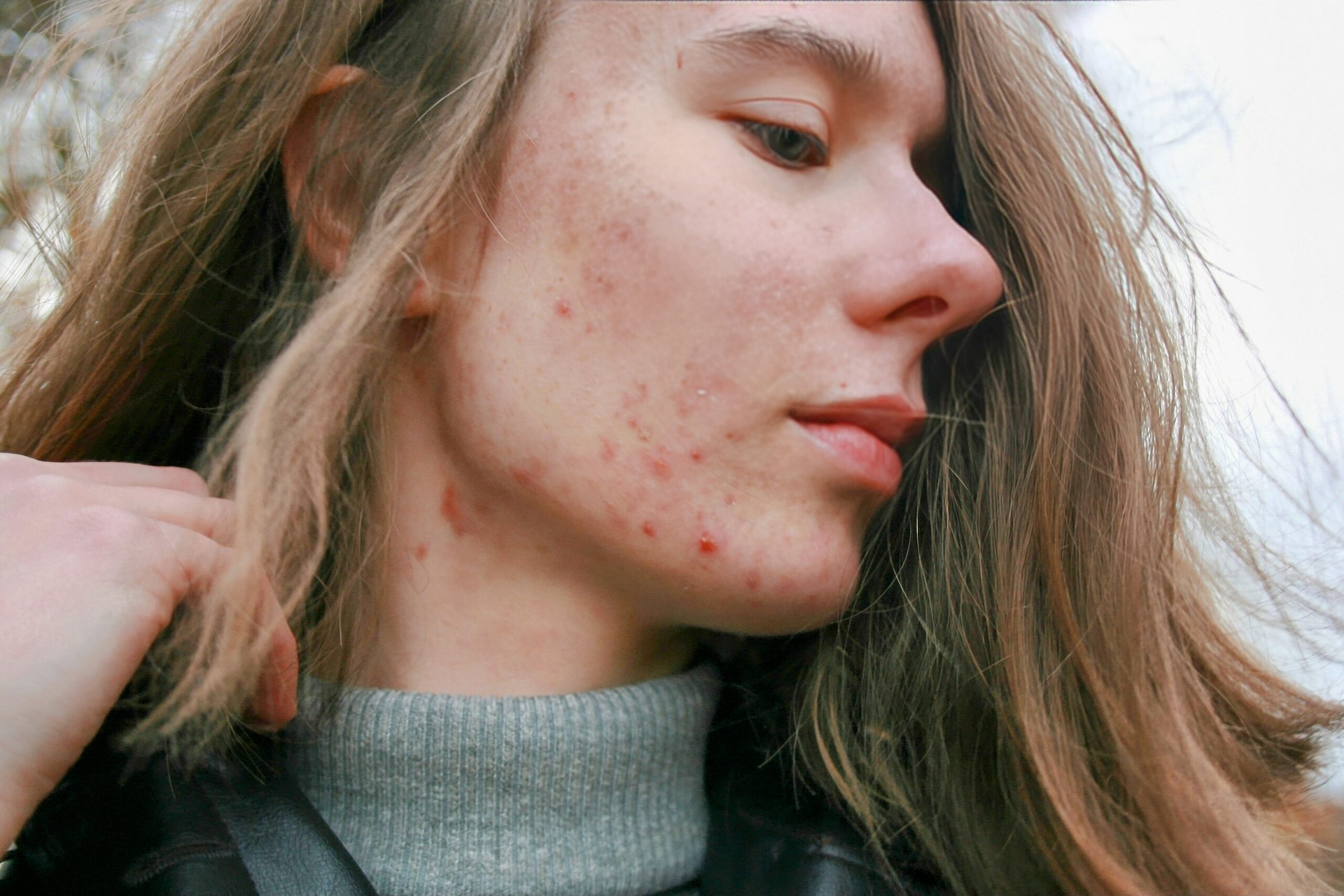The Truth About Keratosis Pilaris (And Why It’s So Common)
If you’ve ever noticed small, rough bumps on your arms, thighs, or cheeks that resemble goosebumps or a sandpaper-like texture, you might be dealing with keratosis pilaris (KP). This common skin condition affects millions worldwide, yet it’s often misunderstood or mistaken for acne or other skin issues. In this article, we’ll dive deep into The Truth About Keratosis Pilaris (And Why It’s So Common), exploring its causes, symptoms, treatments, and its widespread condition. Whether you’re looking to manage your symptoms or simply curious about this skin quirk, we’ve got you covered with practical advice and expert insights.
What Is Keratosis Pilaris?
Keratosis pilaris is a benign skin condition characterized by small, red, or white bumps that appear on the skin, often on the upper arms, thighs, buttocks, or face. These bumps are caused by a buildup of keratin, a protein that protects the skin, which clogs hair follicles. The result? A rough, bumpy texture that can feel uncomfortable or look bothersome, even though it’s harmless.
According to the American Academy of Dermatology (AAD), keratosis pilaris is incredibly common, affecting up to 40% of adults and 50-80% of adolescents. It’s often referred to as “chicken skin” because it resembles the texture of plucked poultry. While it’s not a serious health concern, it can cause self-consciousness, especially when it appears in visible areas.
The condition tends to flare up in colder, drier months and may improve in warmer, more humid climates. For many, The Truth About Keratosis Pilaris (And Why It’s So Common) lies in its genetic roots and environmental triggers, which we’ll explore further below.
Why Is Keratosis Pilaris So Common?
So, why does keratosis pilaris affect so many people? The answer lies in a combination of genetics, skin type, and environmental factors. Let’s break it down:
1. Genetic Predisposition
Keratosis pilaris often runs in families. If one or both of your parents have it, there’s a good chance you might develop it too. The condition is linked to mutations in genes that regulate keratin production, leading to its overaccumulation in hair follicles. This genetic component explains why KP is so prevalent across generations.
2. Dry Skin and Atopic Dermatitis
People with dry skin or conditions like eczema (atopic dermatitis) are more likely to develop keratosis pilaris. The National Eczema Association notes that KP is often seen in individuals with compromised skin barriers, which allow keratin to build up more easily. Since dry skin is a common issue, especially in winter, this contributes to KP’s widespread occurrence.
3. Age and Hormonal Changes
Keratosis pilaris is most common in children and adolescents, though it can persist into adulthood. Hormonal changes during puberty, pregnancy, or menopause can exacerbate symptoms, as they affect skin cell turnover and oil production. This is why KP often appears or worsens during these life stages.
4. Environmental Factors
Cold, dry weather can strip the skin of moisture, making keratosis pilaris more noticeable. Low humidity levels and frequent hot showers can further dry out the skin, worsening the condition. Since many people live in climates with seasonal changes, KP flares are a common complaint.
The Truth About Keratosis Pilaris (And Why It’s So Common) is that it’s a perfect storm of genetic, physiological, and environmental factors that make it almost inevitable for some people. But just because it’s common doesn’t mean you have to live with discomfort or embarrassment. Let’s look at how to identify KP and distinguish it from other skin conditions.
Symptoms and Diagnosis
The hallmark of keratosis pilaris is small, rough bumps that may be red, white, or skin-colored. These bumps are typically painless but can sometimes itch, especially if the skin is dry. Common areas affected include:
- Upper arms
- Thighs
- Buttocks
- Cheeks (especially in children)
Unlike acne, keratosis pilaris doesn’t involve pus-filled pimples or blackheads. The bumps are caused by keratin plugs, not bacterial infections or clogged pores. However, because it can resemble acne or other conditions like folliculitis, it’s important to get a proper diagnosis.
Most dermatologists can diagnose KP with a visual examination. In rare cases, a skin biopsy may be performed to rule out other conditions. If you’re unsure whether you have KP, consult a dermatologist or use resources like the Mayo Clinic’s guide to keratosis pilaris for more information.
The Emotional Impact of Keratosis Pilaris
While keratosis pilaris is physically harmless, its impact on self-esteem can be significant. Many people feel self-conscious about the rough texture or redness, especially in areas exposed by short sleeves or swimsuits. Teens and young adults, in particular, may struggle with body image issues related to KP.
The good news? You’re not alone, and there are ways to manage both the physical and emotional aspects of the condition. Online communities, such as those on Reddit’s r/keratosispilaris, offer support and tips from others who understand what you’re going through. Connecting with others can help normalize the condition and reduce feelings of isolation.
How to Manage Keratosis Pilaris
While there’s no cure for keratosis pilaris, several strategies can help minimize its appearance and improve skin texture. Here’s a comprehensive guide to managing KP effectively:
1. Moisturize, Moisturize, Moisturize
Keeping the skin hydrated is key to reducing the roughness of KP. Look for thick, fragrance-free moisturizers containing ingredients like:
- Ceramides: Help restore the skin barrier.
- Urea: Softens and exfoliates keratin buildup.
- Hyaluronic acid: Locks in moisture.
Products like CeraVe SA Cream or AmLactin Daily Moisturizing Lotion are popular choices among dermatologists and KP sufferers.
Tip: Apply moisturizer within 5 minutes of showering to trap moisture in the skin.
2. Gentle Exfoliation
Exfoliating helps remove dead skin cells and keratin plugs, but overdoing it can irritate the skin. Use chemical exfoliants like:
- Lactic acid: Breaks down keratin and hydrates the skin.
- Salicylic acid: Unclogs follicles and reduces redness.
- Glycolic acid: Smooths the skin’s surface.
Try products like The Ordinary’s Lactic Acid 10% + HA for gentle exfoliation. Avoid harsh physical scrubs, as they can worsen irritation.
3. Humidify Your Environment
Dry air can exacerbate KP, so consider using a humidifier in your home, especially during winter. The Environmental Protection Agency (EPA) recommends maintaining indoor humidity between 30-50% for optimal skin and respiratory health.
4. Adjust Your Shower Routine
Hot showers may feel relaxing, but they strip the skin of natural oils, worsening KP. Stick to lukewarm water and limit showers to 10 minutes. Use gentle, fragrance-free cleansers like Dove Beauty Bar to avoid irritation.
5. Medical Treatments
For severe cases, a dermatologist may recommend:
- Topical retinoids (e.g., tretinoin): Promote cell turnover to prevent clogged follicles.
- Laser therapy: Reduces redness and improves texture, especially for facial KP.
- Chemical peels: Remove dead skin and smooth the skin’s surface.
Always consult a dermatologist before starting prescription treatments. The Cleveland Clinic offers detailed information on professional treatment options.
6. Lifestyle Changes
A healthy diet rich in omega-3 fatty acids, vitamins A and E, and hydration can support skin health. While diet alone won’t cure KP, it can improve overall skin resilience. Regular exercise and stress management also promote healthy skin by improving circulation and reducing inflammation.
Myths and Misconceptions About Keratosis Pilaris
The Truth About Keratosis Pilaris (And Why It’s So Common) also involves debunking myths that can lead to confusion or ineffective treatments. Here are a few common misconceptions:
- Myth: Keratosis pilaris is caused by poor hygiene.
Truth: KP is a genetic condition, not a result of dirt or bacteria. Overwashing can worsen symptoms. - Myth: You can “scrub away” KP.
Truth: Harsh scrubbing irritates the skin and can make KP more noticeable. Gentle exfoliation is the way to go. - Myth: KP always goes away with age.
Truth: While KP often improves after adolescence, many adults continue to experience it.
By understanding the facts, you can avoid wasting time and money on ineffective solutions.
When to See a Dermatologist
If over-the-counter treatments don’t improve your symptoms or if KP is causing significant distress, it’s time to see a dermatologist. They can assess your skin, recommend personalized treatments, and rule out other conditions. Use tools like the American Academy of Dermatology’s Find a Dermatologist tool to locate a specialist near you.
Living Confidently with Keratosis Pilaris
The Truth About Keratosis Pilaris (And Why It’s So Common) is that it’s a manageable condition that doesn’t have to define you. With the right skincare routine, lifestyle adjustments, and professional guidance, you can minimize its appearance and boost your confidence. Remember that KP is incredibly common, and you’re not alone in dealing with it.
Embrace your skin, bumps and all, and focus on what makes you feel good. Whether it’s wearing your favorite sleeveless top or sharing your journey with others, living confidently with KP is about owning your unique beauty.
Final Thoughts
Keratosis pilaris may be a common skin condition, but it doesn’t have to be a source of frustration. By understanding its causes, adopting a tailored skincare routine, and seeking professional help when needed, you can keep KP under control. The Truth About Keratosis Pilaris (And Why It’s So Common) is that it’s a manageable part of life for millions of people, and with the right approach, you can feel comfortable in your skin.
For more resources, check out the National Institute of Arthritis and Musculoskeletal and Skin Diseases or join online communities to connect with others. Your skin is unique, and so is your journey to loving it.



